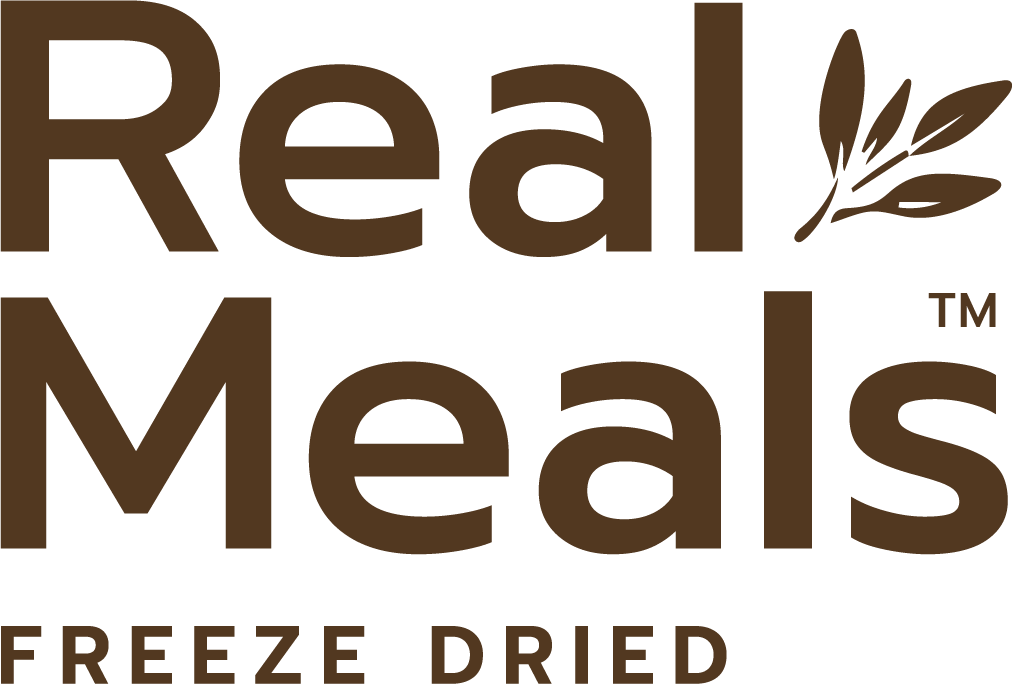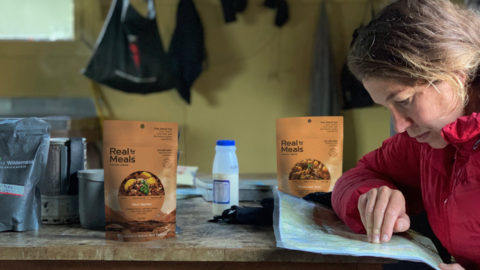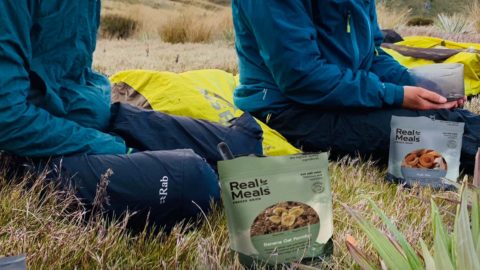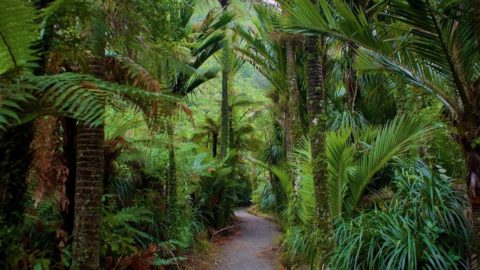Undisputedly one of the most stunning multi-day hikes in the world, the Abel Tasman has something for everyone. The main highlight is of course the abundance of incredible beaches, but the lush forest and refreshing rivers are also a big drawcard for hikers from all over the world.
This great walk can be done in either direction and has access points at Marehau, Totaranui and Wainui Bay. We recommend starting at either Marehau or Wainui Bay. The 60km hike takes anywhere from 3-5 days depending on your fitness and experience (and how much time you want to spend enjoying the beaches).
Make sure you book your accomodation well in advance as the track is usually fully booked throughout the Summer months. Although one of the more popular walks in New Zealand, the nature of the track and booking system mean you’re still likely to have a beach all to yourself along the way.
Accomodation
Accomodation is either in DOC huts, or in your tent at the campsites. The huts are considered to be at the luxurious end for New Zealand’s backcountry, but still do not have cooking facilities or hot showers so make sure you bring a cooker and cutlery. Even during winter the huts are warm and busy so a heavy duty sleeping bag is not required.
The campsites on the other hand are more basic, with water, seats and a toilet the only facilities provided. The main draw cards however are that they’re quieter and often right next to the beach with stunning views. Whilst it doesn’t snow in the Abel Tasman it can get chilly over the Winter months so a reasonable sleeping bag is advised!
Weather + Clothing
The Abel Tasman is famous for golden beaches and long sunny days for good reason. Even during the winter months the park feels considerably warmer and more sheltered than the surrounding area. Other than snow you can expect almost any type of weather and sometimes it can go from heavy rain to blistering sun and back again in the space of a few hours!
Like anywhere in New Zealand you should bring clothing appropriate for any weather conditions no matter the season. Swimming gear and sun protection is a must for Summer and a raincoat is always a good idea during the colder months.
Food, water and Cooking
The Abel Tasman is one of the few areas in New Zealand’s backcountry we would recommend boiling any water you collect from streams or rivers. This is largely due to the popularity of the area and water found well upstream of the track is often safe to drink untreated. As far as we know the water at all the huts and campsites is safe to drink.
The hut cooking areas can get very crowded around dinner time, so bringing something quick and easy to make is a must. Likewise taking meals you can prepare easily at one of the beaches gives you flexibility to head out early from the huts and enjoy breakfast as the sun rises over a beach you have all to yourself.
Dinner at campsites and huts is often the most social part of the day. We highly recommend bringing a delicious dessert along to wow fellow trampers 😉
Our favourite meals for the track are Cheesy Mash, Beef Stroganoff and Tom Kha Gai on Rice
Transport
Bus transfers to all 4 entry points to the park (Kaiteriteri, Marehau, Totaranui and Wainui Bay) are a popular way for tourists to visit. For day trippers and people wanting to make the most of their time water taxi’s are a must. A popular option is to water taxi in to Anchorage and out via Tonga Quarry or Awaroa a few days later.

The Best Beach
With so many great beaches this is almost impossible to pick. Tonga Quarry Beach is right up there with great swimming and less people than some of the more popular beaches.

Local Tips
Make sure you walk the northern stretch from Totaranui to Wainui Bay. Its arguably the most stunning of the whole park and you’ll see a fraction of the people you see anywhere else on the track.
Check out Abel Tasman Canyons for an adrenaline packed adventure right in the heart of the park.

The Best Time Of Year To Go
The park is stunning all year round. Winter has significantly less people about and Summer is warmer (and better for swimming). Our preference is March. The water is still warm but the crowds have disappeared – so you get the best of both worlds.








